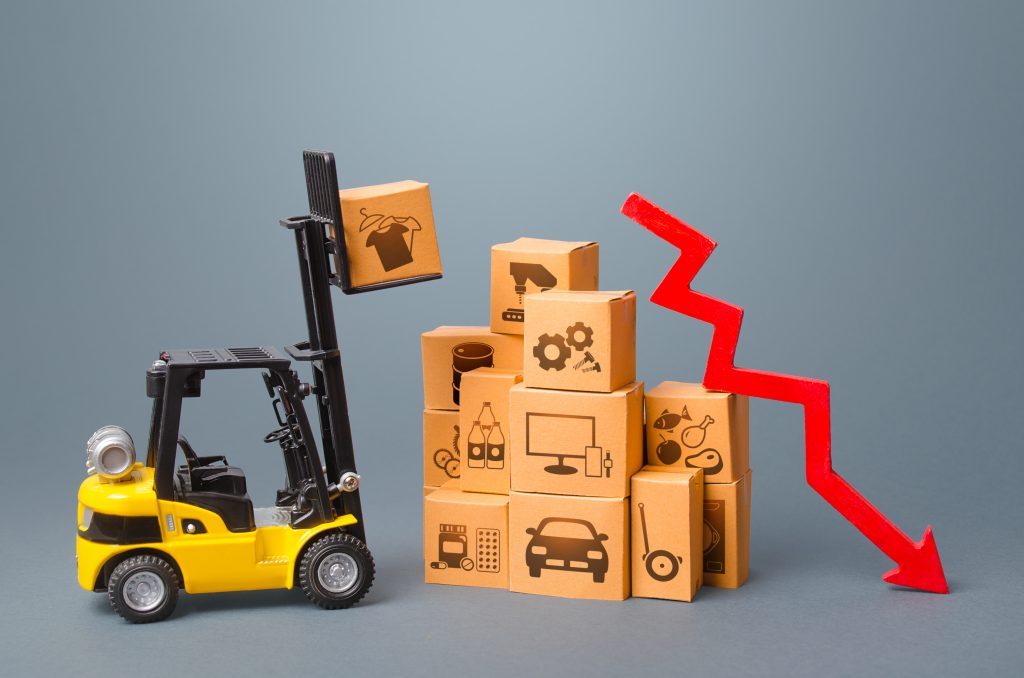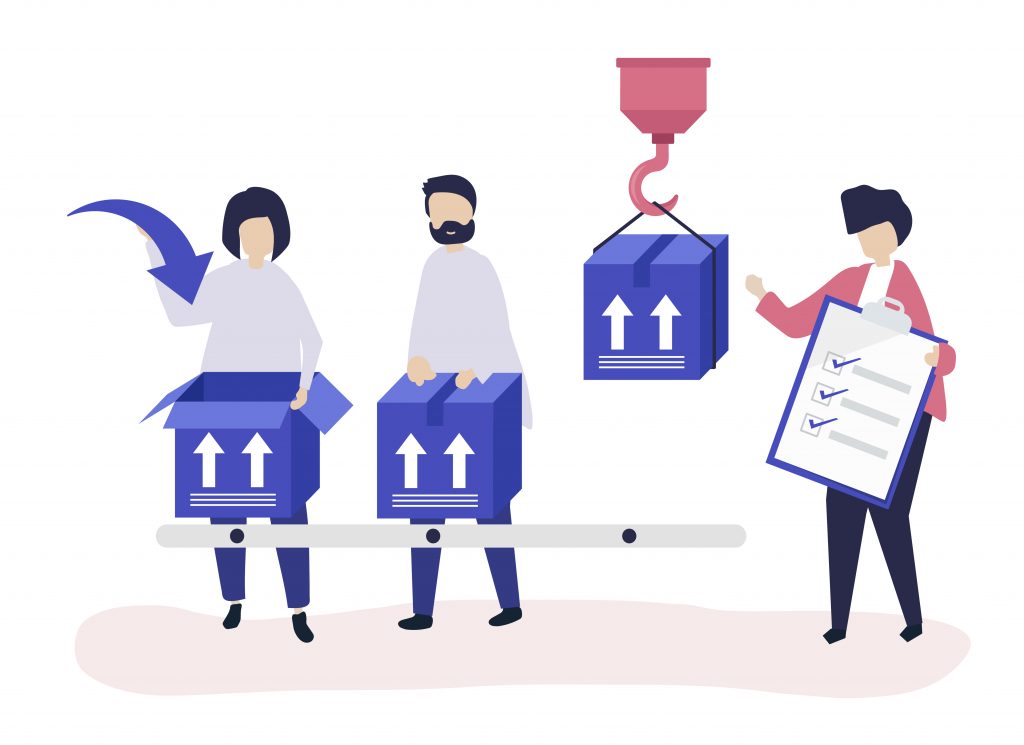What do you mean by Under Stocking and Overstocking?
In the process of inventory management, the term overstocking has other names by which it is regarded, like excess stock, excess inventory and stock surplus. Irrespective of what we choose, overstocking refers to a company over-ordering inventory and having too much stock. Where as, understocking is when a company is lacking inventory to meet up to the requirements of the customers.

Let’s understand the causes of overstocking and understocking:
- Incorrect Data
There are various reasons for under or overstocking data. But out of all of them, one very primary reason is the lack of accurate data. Stolen goods, returns, shipment variances and misplaced items all have its own impact on your inventory. Without authentic and correct data, a company can never be sure if it can and should order for more items or not.
Inaccurate data, disturbs the smooth functioning of the company, as the team can order incorrect items, i.e. too much or too less than they actually need it.
The advantage of having accurate data is that it helps to discover trends and to find which item has the maximum demand in the market.
- The second cause could be mismanaging technology, staff, and processes
The most important part of a company with a proper inventory management system is that it should have a proper team of staff who can sell the product. If the employees don’t keep the shelves stocked, the company may go through a massive drop in its sales, despite having plenty of inventory in the backroom.
This happens to be the most frustrating form of undertaking that a business can go through. The company should have a strong team that is able to sell the products in the correct manner and should know how to pitch to the right people or clients.
Even if the company has a competent team of people, standardized processes are a must for all companies to get consistent results from their workforce. This process makes sure everyone knows what they are supposed to do, preventing issues where staff members are unaware of what their responsibilities are or when they need to be checking shelves.
- The third and the last reason among others is Bad Supplier Communication
If there is weak or no regular communication with the suppliers, your company opens up to risks automatically.
Poor communication with suppliers and buyers can lead to missed or delayed orders, potentially costing your company sales. One main feature of bad communication is not having anything documented down between a company and its suppliers.
Some key essential points to fix – Inventory Overstocks and Under Stocks
- Reduce inventory that is no longer relevant to the market
Outdated inventory is the most disappointing problem for a company to deal with. When a company overstocks a product that is soon to become irrelevant to the market, they run the risk of not regaining the money they have spent. To prevent this problem from happening, a company should run the data and predict when an item is going to become obsolete in the marketplace.
The life cycles of the product that your company offers should be monitored monthly to see how the demand changes. As you get an idea of the demand patterns for your products, you will be better equipped with other products.
Overstocking an item will reduce the price to offload it. While this could affect you in the short term, as you aren’t making as much money as you thought you would on the team, it will have a positive long-term effect.
- Fast supplier-lead times
When a company experiences greater demand for a product that they offer, they want a supplier that can get them the product as fast as possible.
With fast supplier-lead times, you avoid the risk of under stocking, as you can stay on top of your stock management.
- Centralized Data
Centralized data of any inventory system means to keep store data or stock in any particular location. Usually big businesses store all their data in one place as it makes the process easier. In the retail sector, when the stocks are stored at a single hub and are restocked, it is from there that any kind of phone orders can be fulfilled after using the stocks from there.
- Using inventory management software
Using an inventory management software is one of the best solutions to keep all your data in one place. It’s inefficient to work on multiplace program channels and compare different points.
One of the topmost inventory management software is the ZapERP Inventory that helps you to have the most updated inventory functioning with advanced features that will keep your inventory products, eCommerce services, shipping services, and customer relations absolutely intact.





 Start using ZapInventory today
Start using ZapInventory today
